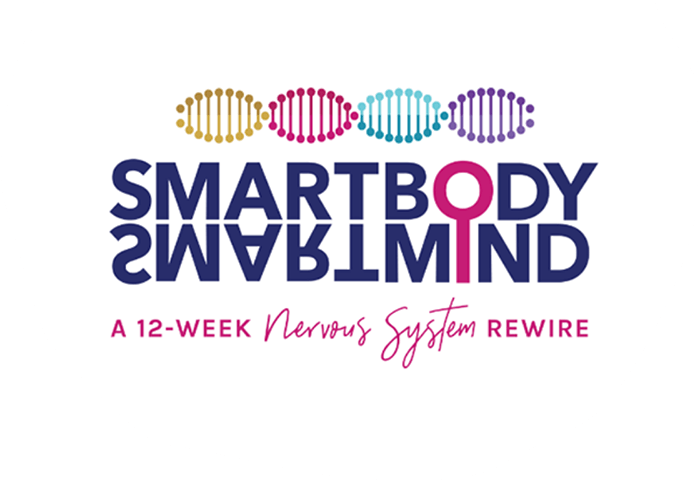This section addresses the following questions:
- Is orienting the same as mindfulness?
- I’m finding it hard to keep my eyes open and notice objects. Can I orient with my eyes closed?
- When I orient I notice that I’m struggling to breathe. I try to stay with it but eventually have to take deeper breaths. Is this me controlling my breathing? I’m quite used to doing practices that focus on controlling or using the breath, so I’m not sure how conditioned I am.
- I struggle with trying to breathe naturally. I’m either not breathing or taking very deep breaths. The very deep big breaths feel like I’m just trying to survive.
- If I keep practicing orienting, will I experience this feeling of ease and embodiment + awareness that comes from this exercise more often?
Orientating could definitely be considered a kind of mindfulness, and there are different kinds of mindfulness practices.
Oftentimes mindfulness simply means paying attention to your internal experience as it is. This is usually done with the eyes closed, but the problem with that for people who have unresolved trauma is that for them, the internal experience of the body is commonly either scary or numb, which can lead to people feeling overwhelmed, anxious, or dissociated and checked out.
That’s why orienting is about noticing the safety actually present in the environment, which does mean that this practice is best supported by a safe, relatively unstimulating environment at first, and later can be practiced all the time in places that may be more stimulating, like at the grocery store or on a city street.
Simultaneously, orienting is about noticing our internal experience in relationship to that safe external place. This is an opportunity to help introduce parts of the physiology that may be stuck in survival mode from past trauma to the safety actually present in the environment.
So you could say it’s a kind of internal/external mindfulness that is informed by the physiological realities of trauma.
That being said, if having the eyes open feels too overwhelming, one can close the eyes and orient to the external/internal with the other senses. We can feel our butt on the seat, our feet on the floor; we can hear the sounds around us and smell the air, and notice our internal experience in relation to those things. Along with this, we can experiment with having our eyes in a soft gaze with the eyelids very relaxed, but still open a bit. We can also titrate the journey between our eyes closed and having our eyes more open to varying degrees, or just orient to things very close – our pants, shoes, or the floor.
There are other practices of mindfulness that involve the breath, and generally this means simply noticing what our breath is naturally doing, as it is. Then there are other practices that are all about controlling the breath in different ways. With orientation, we want to lean towards the first one of these options.
We may find though that our breath, as it occurs naturally, in the moment, doesn’t feel ‘natural’. It may feel shallow, constricted, or gasping and deep, or fast, and that can be scary to tune into. Again, granted the environment actually is safe, these breathing experiences are often a sign of the past body memories of trauma arising.
So the idea is, if possible, to just allow the breath to be whatever way it is and notice the safety in the environment in some manner, eyes open or closed, whichever is easier. Usually, if we can just allow the breath to do what it is doing, and keep tuning into safety in some way, the breath will eventually start to change, so then we notice that change in us, and the safety in the environment again, back and forth, or even simultaneously. If you find yourself feeling like you can’t breathe or are getting overwhelmed, definitely do whatever you need to do to settle. You can manage your breath in a familiar and calming way, or leave the practice and resource in whatever way is best for you, and then try again when you feel up to it.
Finally, it’s important to note that for some, orienting is quite pleasant and relaxing right off the bat. Awareness deepens and so does the sense of internal safety and relaxation. And that is awesome. As we get deeper into other aspects of the work and things start to shift and surface, that could also change and you might experience a layer of activation when orienting, and that’s also awesome. It means those old wounds are rising to the surface to be healed.
